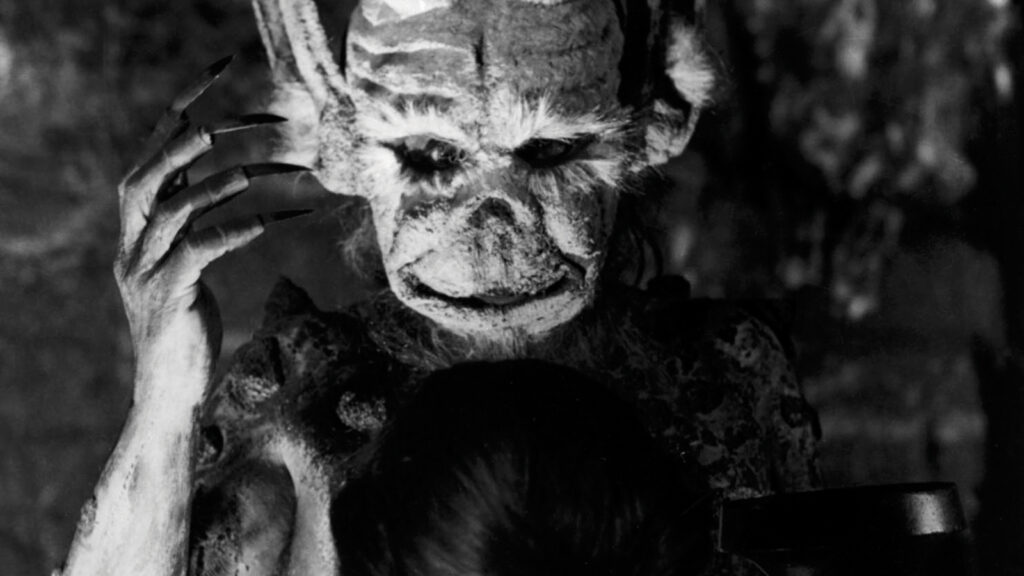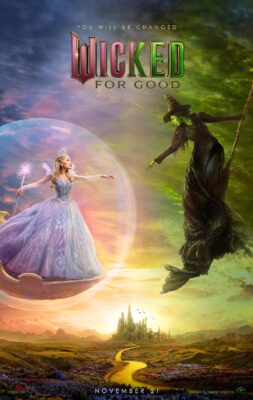Nothing is quite as horrifying as seeing individuals persecuted and discriminated against for not adhering to social expectations. Perhaps this is why I’ve always been terrified of films that tackled the witch trials that took place between 1450 to 1750. A lot of these movies are not classified as horror, but are just as disturbing as anything the genre has to offer, if not more so. Patriarchal societies using oppressive tools to marginalize people is nothing new to the world, and unfair prejudicial treatment of groups based on race, religion, gender, or sexual orientation is practiced to this very day. It only makes sense that filmmakers around the world often revisit this dark period in human history to warn us of how quickly things can escalate into catastrophic results. This October, I decided to delve into some of the cinematic works about the witch trials that shook me to the core.
Throughout the history of motion pictures, the witch trials have often been portrayed as an allegory of life under totalitarian rule. Films like Benjamin Christensen’s “Häxan,” Carl Theodor Dreyer’s “Day of Wrath,” and Ken Russell’s “The Devils” have used these horrific tales to criticize the political climate of their time. “Days of Wrath” drew parallels between the witch burning and the persecution of Jews during Nazi Germany. “The Devils” was a clear commentary on religious institutions. And Otakar Vávra’s powerful magnum opus, “Witchhammer” was a metaphor for the political trials during Communist rule. But the one that started it all was Benjamin Christensen’s “Häxan,” which likened the torturous methods of the 17th century with that of modern police.

“Häxan” is often referred to as the first documentary ever made and features dramatized horror sequences that will send chills down your spine. The silent Danish film is split into four parts. In the first segment, Christensen walks us through some disturbing diabolical artwork from the dark ages. Where does it all stem from? The film plainly states that “the belief in evil spirits, sorcery, and witchcraft is the result of naïve notions about the mystery of the universe.” And yet the real horror that the film presents has nothing to do with demonology. What man is capable of doing when clouded by superstition and strict religious beliefs is far more sinister than anything that witchcraft brings to the table.
The purpose of this film’s first two segments is to put viewers in the mindset of someone brought up before the enlightenment age—a time when divinity ruled over reason, and people believed in all kinds of wicked superstitions. But the latter parts of this macabre masterpiece are when things get very interesting. The viewer gets exposed to a series of vignettes demonstrating medieval practices, beliefs, and superstitions. First, we get a demonstration of a typical witch accusation. We then learn of the torture methods used against the accused by religious authorities of the time. The only way the torture would stop was if they confessed and gave up 20 names of other accomplices. The rest, of course, is history.
The witch-hunt reached epidemic levels, and over eight million were burnt alive in one of mankind’s darkest chapters. But the “Häxan” argues that modern times are just as horrific. Torturing people into confessions is still practiced to this day, only the church has been replaced by the law. Today, individuals suffering from mental health issues inhabit all the behavioral traits of what people back then would consider the devil’s work, and the way we treat them remains problematic. We may not burn them on stakes, but we surely give them hell in mental institutions.
When I first heard of this magnificent film, I thought it would illustrate so-called witches as “the evil ones.” Instead, the film portrays perfectly normal human beings with everyday professions—priests and policemen—as the true villains. “Häxan” is the most fascinating horror documentary I’ve ever seen; a haunting document of a time when the practice of medicine was considered sorcery. And I’ve always thought Otakar Vávra’s “Witchhammer” would make a perfect double-bill to Christensen’s “Häxan,” as it too draws from authentic historical records of Inquisition trials.

In “Witchhammer,” the use of fear to attain confessions resembled the Stalinist methods of the communist regime in the 1950s. The film was subsequently prohibited from screening, and only appeared on television decades later in 1989. But what makes “Witchhammer” stand the test of time is its incredibly detailed portrayal of the methods used within the process itself. Vávra based everything on actual texts of court records that took place in Velké Losiny and Šumperk from 1678 to 1695. Blackmailing, torture, and psychological manipulation were used to turn friends into foes, the weak into prey. At one point, a priest named Lautner, one of the film’s key characters, utters in frustration, “Your Grace, the Devil’s work lies in the brutality towards the superstitious and the uneducated.” The film shows how the trials were orchestrated in a way so that once the process started, it was impossible to stop.
Vávra also puts women at the forefront of his movie. The 17th century was the worst time for any woman to be alive. They were thought of as sinful creatures, and Vávra makes a point to highlight how the Church exploited and oppressed them in the most heinous ways. Women were accused of being disciples of the Devil, when in fact men were the real corrupted souls unleashing hell on Earth. The film argues that the witch trials were never really about implementing the teachings of Christ or exposing witchcraft, but rather to feed man’s darkest desires—greed, lust, and the hunger for absolute power.

Similar themes can be found in Eiichi Yamamoto’s “Belladonna of Sadness.” Yamamoto’s film is not a realistic illustration of that time period, but rather a fantasy revenge film with a feminist cause at its core. The film was based on Jules Michelet’s 1862 book La Sorcière: The Witch of the Middle Ages, and in both the source material and the anime, a woman uses witchcraft to rebel against the patriarchal oppression imposed by the powers that be. What starts off as erotic hallucinatory psychedelia ends with a powerful message about female solidarity.
After failing to pay taxes on her wedding night, Jeanne gets brutally gang-raped by an evil feudal lord and his men. She is then abandoned by her husband and left all alone. In an interesting stylistic choice, when the Devil seems to grant her unprecedented powers, he appears in the shape of a penis. Yet, the witch who is typically portrayed as a weak hunch-backed woman of old age in cinema, appears young, strong-willed, and enchantingly beautiful. In other words, the witch no longer contrasts masculine ideals of women.
Although some of the movie’s psycho-sexual imagery can be quite shocking, I believe Yamamoto advocated for sexual liberation. The more Jeanne gives in to her sexual desires, as opposed to suppressing them, the more powerful she becomes. Throughout the film, she uses the dark arts to liberate other peasants and get back at those who wronged her.
In world cinema, films about the cruelty of witch-hunts expose the monstrosity of human beings. But beneath all the horror, the torture, and the violence, you’ll find a cry for revolt against various forms of inhumanity; witchcraft can be a symbol for revolt against totalitarian rule, discrimination, toxic masculinity, and inequality. But the fundamental message behind all these thought-provoking films from different parts of the world is the same. Films like Christensen’s “Häxan,” Vávra’s “Witchhammer,” and Yamamoto’s “Belladonna of Sadness” were never meant to be digested as historical portrayals of medieval times. At their core, they mask an urgent and much-needed contemporary call for rebellion.











